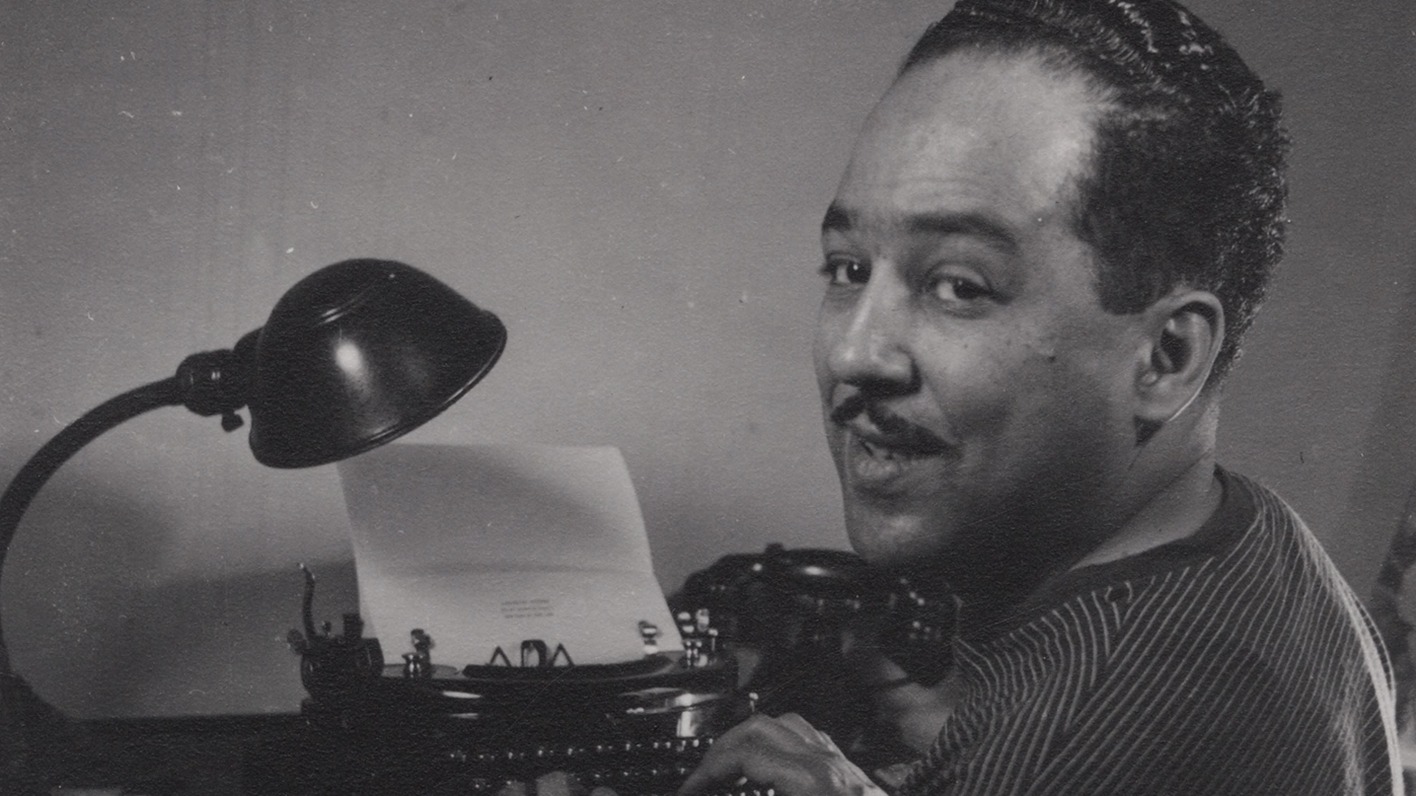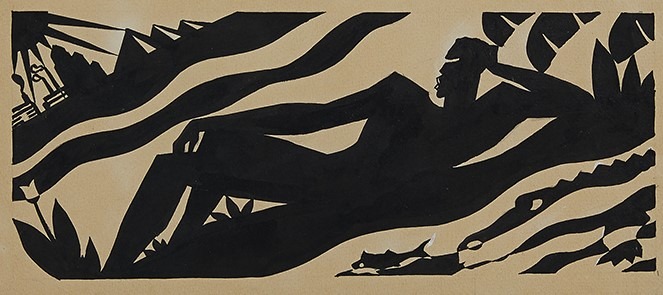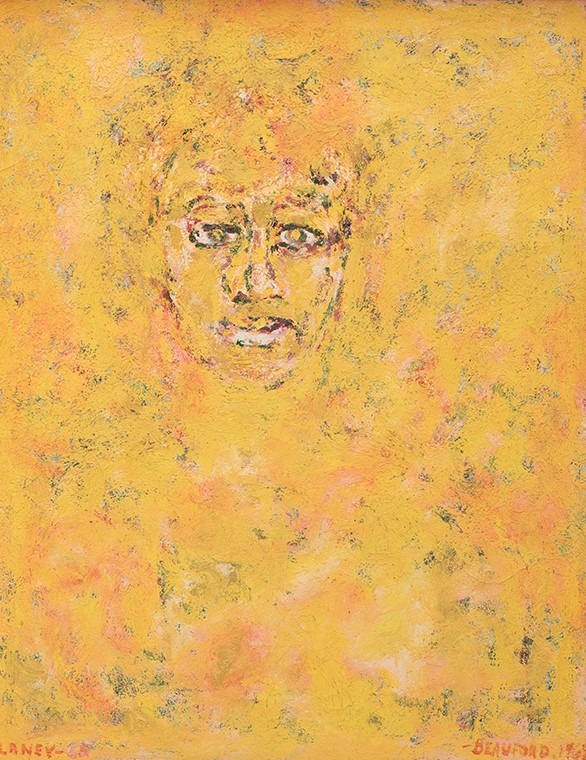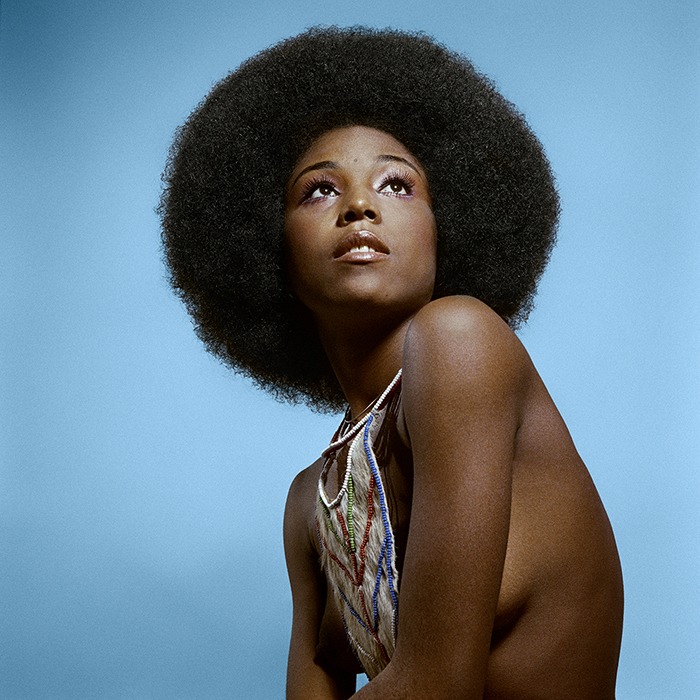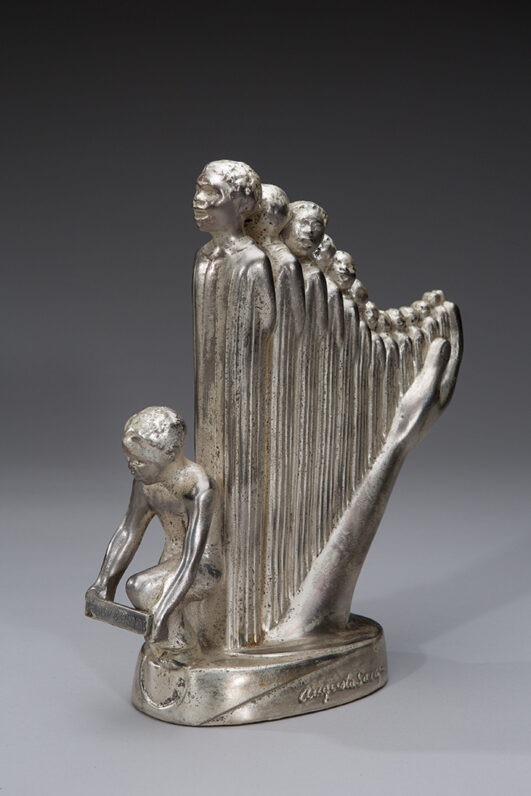E.L. Wiegand Gallery | Floor 2
Earl and Wanda Casazza Gallery | Floor 2
Ina Mae and Raymond Rude Gallery | Floor 2
Small Works Gallery | Floor 2
When Langston Hughes Came to Town explores the history and legacy of Langston Hughes through the lens of his largely unknown travels to Nevada and highlights the vital role Hughes played in the Harlem Renaissance and beyond. James Mercer Langston Hughes (1902-1967) was born in Joplin, Missouri. Hughes studied at Columbia University in 1921 for one year and would eventually become one of leading writers of the Harlem Renaissance. A writer with a distinctive style inspired by jazz rhythms, Hughes documented all facets of Black culture but became renowned for his incisive poetry.
The exhibition begins by examining the relationship of this literary giant to the state of Nevada through a unique presentation of archival photographs, ephemera, and short stories he wrote that were informed by his visit to the area. The writer’s first trip to Nevada took place in 1932, when he investigated the working conditions at the Hoover Dam Project. He returned to the state in 1934, at the height of his career, making an unexpected trip to Reno, and found solace and a great night life in the city.
The presentation continues with work created by leading artists of the Harlem Renaissance who had close ties to Hughes, including sculptures by Augusta Savage and Meta Vaux Warrick Fuller, and paintings by Beauford Delaney, Aaron Douglas, Norman Lewis, and Archibald Motley, Jr., among others. The range of work on display foregrounds the rich expressions of dance, music, and fashion prevalent during the influential movement.
The final section of the exhibition features contemporary artists who were inspired by Hughes and made work about his life. Excerpts from Hughes’s poems and short stories are juxtaposed with related works of art, demonstrating how his legacy endures in the twenty-first century. Isaac Julien, Kwame Brathwaite, Glenn Ligon, and Deborah Willis are among the artists whose works are included. Julien, for example, in his renowned series Looking for Langston Hughes reimagines scenarios of Hughes’s life in Harlem during the 1920s. His black-and-white pictures are paired with Hughes poem No Regrets. Similarly, Brathwaite’s impactful photographs highlight the continuation of the Harlem Renaissance through the Black pride movement of the 1960s and are coupled with the poem My People. Finally, Glenn Ligon’s black neon sculpture relates to Hughes’s poignant poem Let America Be America Again, which both leave viewers to ponder the question of belonging in America.
